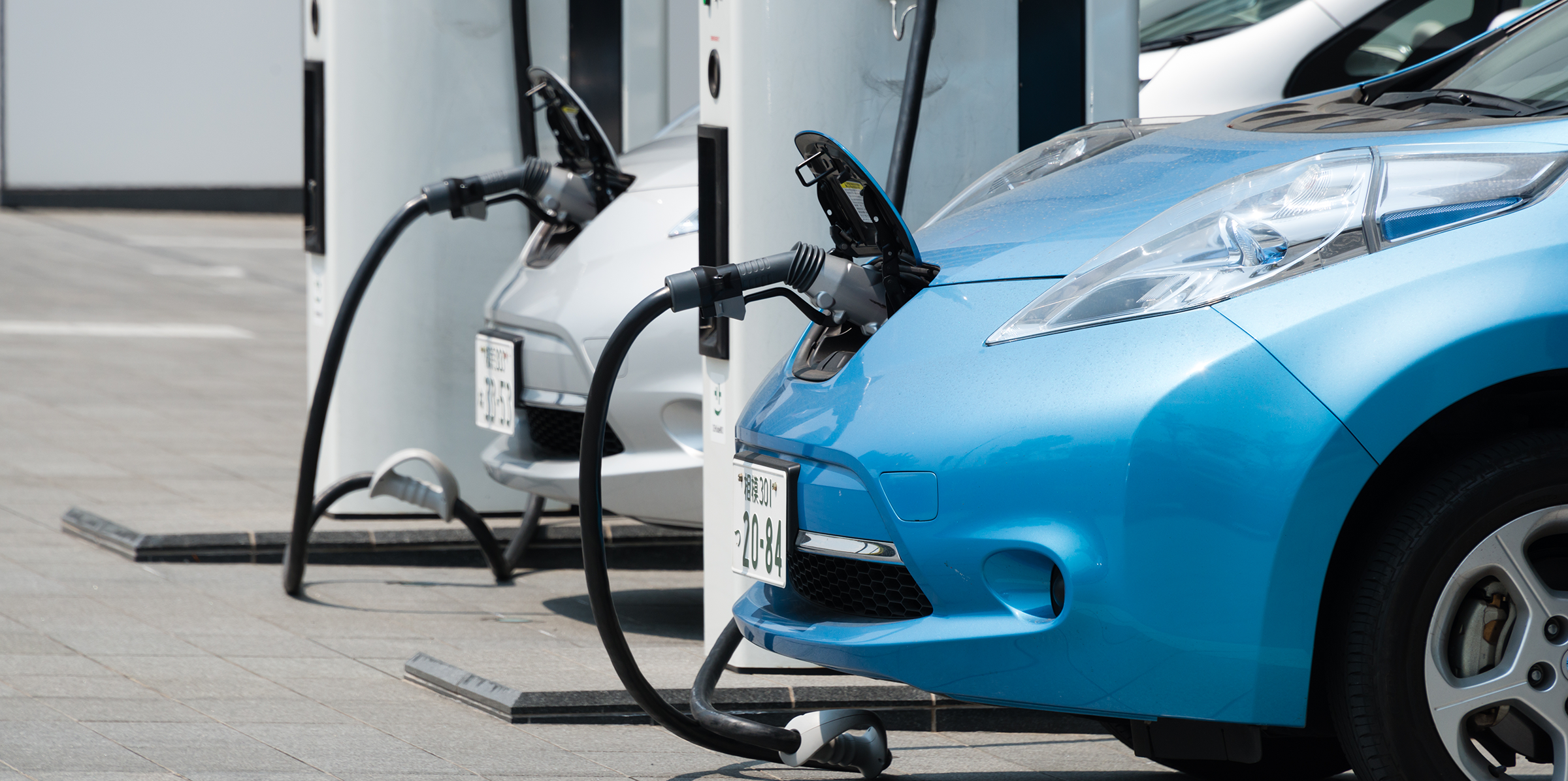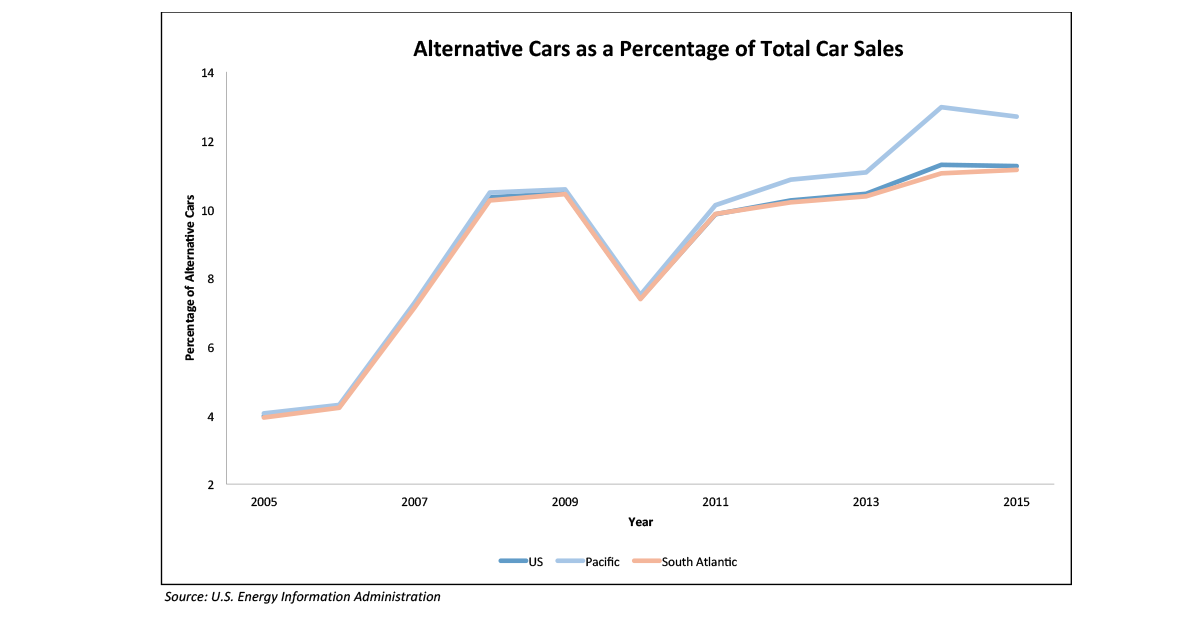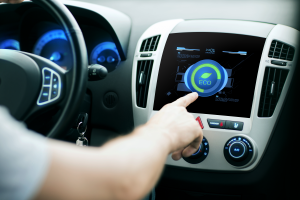Are Electric Automobiles Cheaper to Own?
The automotive industry is one of the major components of the U.S. economy. It is also one of the oldest sectors in the nation that is still a vital component and a good measure of the overall strength of the economy. As would be expected from an industry with such an extensive history, there has been an evolution of its products over time. One relatively recent evolution in the industry is the increased prominence of alternative vehicles as part of its product mix. These are cars that do not use traditional fuel sources (gasoline or diesel) as a source of power, or they combine these traditional sources with other technology to improve fuel efficiency and reduce emissions. Examples of such products include fully electric vehicles, plug-in hybrids and electric hybrid vehicles. As mentioned above, alternative sales have risen rapidly in the last few years. For the U.S. as a whole, alternative car sales rose from 3.98 percent of total car sales in 2005 to 11.26 percent of sales in 2015. The South Atlantic Census region (which includes Florida) followed a similar trajectory, with alternative car sales rising from 3.94 percent to 11.1 percent of total sales in the region. As a comparison, the Pacific Census region, which includes a number of states with incentives to promote alternative car ownership, saw sales grow from 4.06 percent in 2005 to 12.7 percent in 2015. Based on estimates of 531,245 cars sold in the state of Florida for 2015 and applying the proportion for the South Atlantic region, it could be extrapolated that approximately 59,900 alternative cars were sold in Florida for 2015. In this comparison it will be assumed that there is a 50 percent split between highway and city driving, average gasoline price will be $2.10/gallon during this period and the average driver travels 12,000 miles per year. Aside from the overall growth in the alternative car market, there have also been changes in the types of technologies that dominate the market. The figure below shows that the alternative car market in 2005 was dominated by ethanol-flex fuel (cars that run on gasoline or gasoline-ethanol blends) and electric hybrid (cars that primarily run on gasoline, with the electric motor being used when pulling away from a stop and during high acceleration). By 2015 there were new technologies with advancing market share such as plug-in hybrid (cars that run on electricity and switch to gasoline when needed) and all electric (cars that run on electricity alone). Shifting to a focus to the Pensacola and Northwest Florida area, a pertinent question to ask is whether these alternative vehicles make sense from the consumer’s financial perspective. For a typical driver assuming local fuel and energy costs, is it cheaper to own a conventional or alternative vehicle? Electric vs. Conventional

The automotive industry is one of the major components of the U.S. economy. It is also one of the oldest sectors in the nation that is still a vital component and a good measure of the overall strength of the economy. As would be expected from an industry with such an extensive history, there has been an evolution of its products over time. One relatively recent evolution in the industry is the increased prominence of alternative vehicles as part of its product mix. These are cars that do not use traditional fuel sources (gasoline or diesel) as a source of power, or they combine these traditional sources with other technology to improve fuel efficiency and reduce emissions. Examples of such products include fully electric vehicles, plug-in hybrids and electric hybrid vehicles. As mentioned above, alternative sales have risen rapidly in the last few years. For the U.S. as a whole, alternative car sales rose from 3.98 percent of total car sales in 2005 to 11.26 percent of sales in 2015. The South Atlantic Census region (which includes Florida) followed a similar trajectory, with alternative car sales rising from 3.94 percent to 11.1 percent of total sales in the region. As a comparison, the Pacific Census region, which includes a number of states with incentives to promote alternative car ownership, saw sales grow from 4.06 percent in 2005 to 12.7 percent in 2015. Based on estimates of 531,245 cars sold in the state of Florida for 2015 and applying the proportion for the South Atlantic region, it could be extrapolated that approximately 59,900 alternative cars were sold in Florida for 2015. In this comparison it will be assumed that there is a 50 percent split between highway and city driving, average gasoline price will be $2.10/gallon during this period and the average driver travels 12,000 miles per year.  Aside from the overall growth in the alternative car market, there have also been changes in the types of technologies that dominate the market. The figure below shows that the alternative car market in 2005 was dominated by ethanol-flex fuel (cars that run on gasoline or gasoline-ethanol blends) and electric hybrid (cars that primarily run on gasoline, with the electric motor being used when pulling away from a stop and during high acceleration). By 2015 there were new technologies with advancing market share such as plug-in hybrid (cars that run on electricity and switch to gasoline when needed) and all electric (cars that run on electricity alone).
Aside from the overall growth in the alternative car market, there have also been changes in the types of technologies that dominate the market. The figure below shows that the alternative car market in 2005 was dominated by ethanol-flex fuel (cars that run on gasoline or gasoline-ethanol blends) and electric hybrid (cars that primarily run on gasoline, with the electric motor being used when pulling away from a stop and during high acceleration). By 2015 there were new technologies with advancing market share such as plug-in hybrid (cars that run on electricity and switch to gasoline when needed) and all electric (cars that run on electricity alone).  Shifting to a focus to the Pensacola and Northwest Florida area, a pertinent question to ask is whether these alternative vehicles make sense from the consumer’s financial perspective. For a typical driver assuming local fuel and energy costs, is it cheaper to own a conventional or alternative vehicle? Electric vs. Conventional
Shifting to a focus to the Pensacola and Northwest Florida area, a pertinent question to ask is whether these alternative vehicles make sense from the consumer’s financial perspective. For a typical driver assuming local fuel and energy costs, is it cheaper to own a conventional or alternative vehicle? Electric vs. Conventional

The Nissan Leaf is one of the top sellers among electric vehicles and is comparable to the Nissan Versa Hatchback, a conventional car produced by the same manufacturer and with similar dimensions. The average price paid in the Pensacola area was $16,928 for a 2016 Versa and $21,334 for a 2016 Leaf. With a rating of 35.5 MPG, the Versa would have average fuel costs of $709.86 per year. The Nissan Leaf is powered by a 30 KWh battery and has a range of 107 miles. The average residential electricity rate in Pensacola is 12.06 cents per KWh. At this rate, each charge would cost approximately $3.62 with an annual total charge cost of $405.76. Only considering “fuel” savings, one would have to drive 173,978 miles to recover the difference in purchase price between a 2016 Leaf and Versa. Hybrid vs. Conventional Honda manufactures a conventional and hybrid version of the Accord model that allows a straightforward comparison. With an MPG rating of 47.5, the 2015 Accord hybrid has an average local purchase price of $28,316 and an annual fuel cost of $531. The conventional 2015 Accord, with a local purchase price of $21,401, boasts 29 MPG, which will require $869 of gas each year. Thus, one will have to drive 245,187 miles to recover the premium paid for the hybrid version of the 2016 Accord. Fuel and electricity consumption is not the only consumer’s only consideration in comparing the cost of a conventional vehicle to alternative. There are also costs associated with depreciation, financing, insurance, maintenance, repairs, taxes and fees. Maintenance and repair estimates of these alternative energy vehicles are significantly higher than their conventional counterparts. Nevertheless, the financial implications are not the only consideration in a decision to purchase an alternative vehicle. Owners also derive satisfaction from the knowledge that their alternative vehicles are “greener” and produce lower emissions than conventional cars, or none at all in the case of electric cars. This intrinsic satisfaction from helping to protect the environment is going to be assigned a different value by each potential buyer. It is possible that in deciding to purchase an alternative vehicle, those with a high intrinsic value would be making an optimal choice. On the other hand, those with a lower intrinsic value would also be making an optimal choice by deciding to purchase a conventional car. In summary, the growth of the alternative car market is an exciting chapter in the history of the automotive industry. It would be safe to assume that as technology improves, alternative vehicles will be become a more viable choice for buyers and a larger part of the automobile industry. The next few years promise to be an exciting time for the industry. Aig Unuigbe is an economist with the UWF Haas Center at the University of West Florida in Pensacola.



